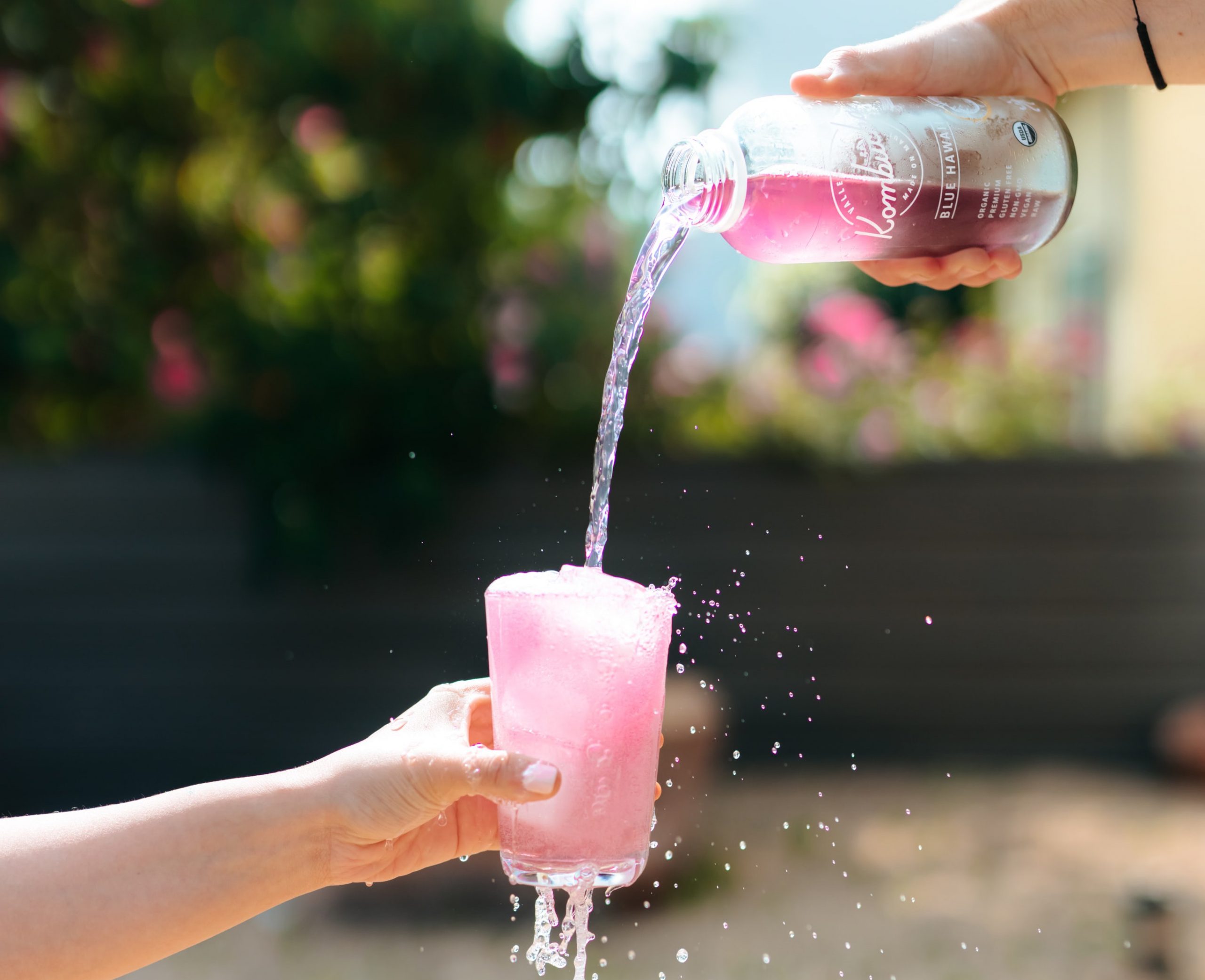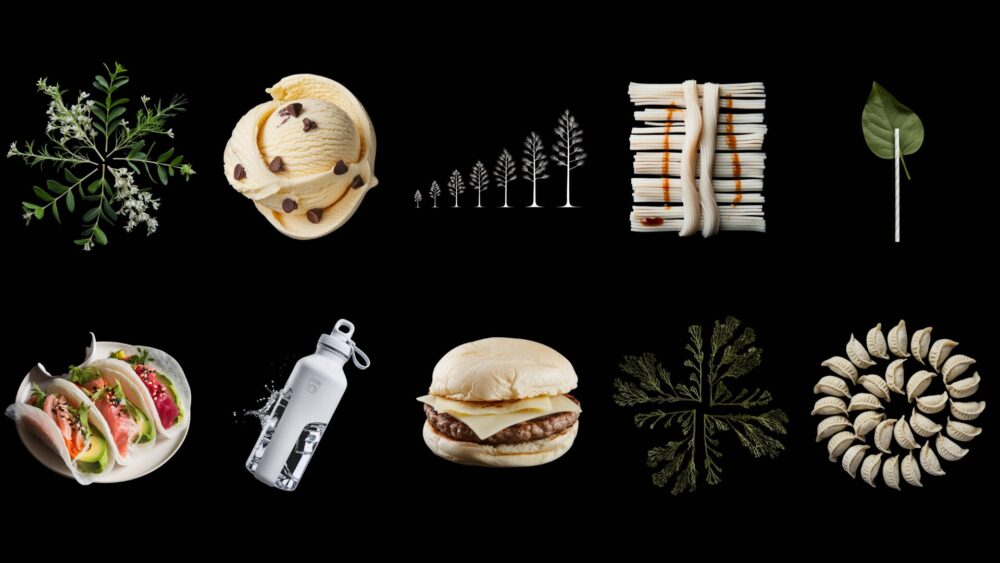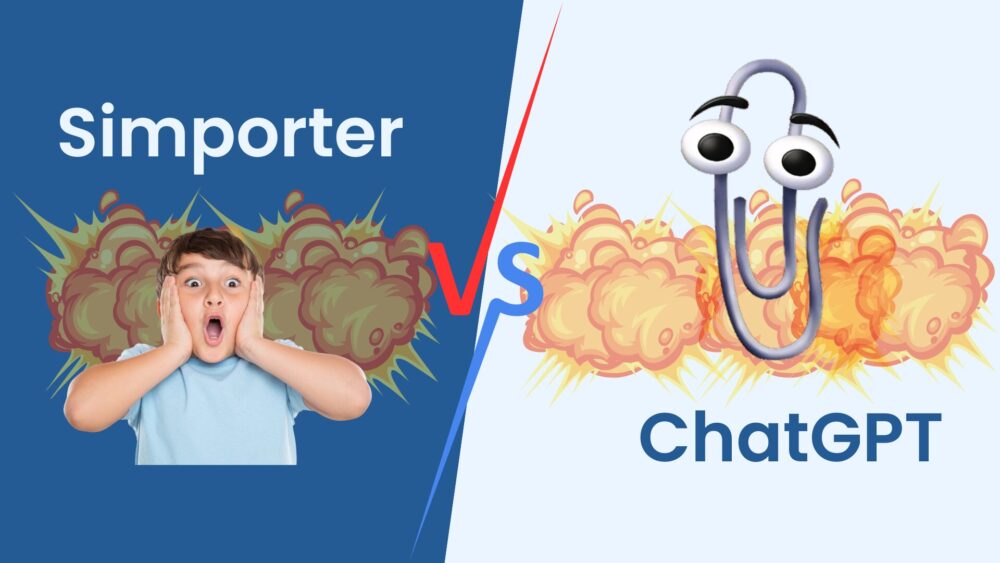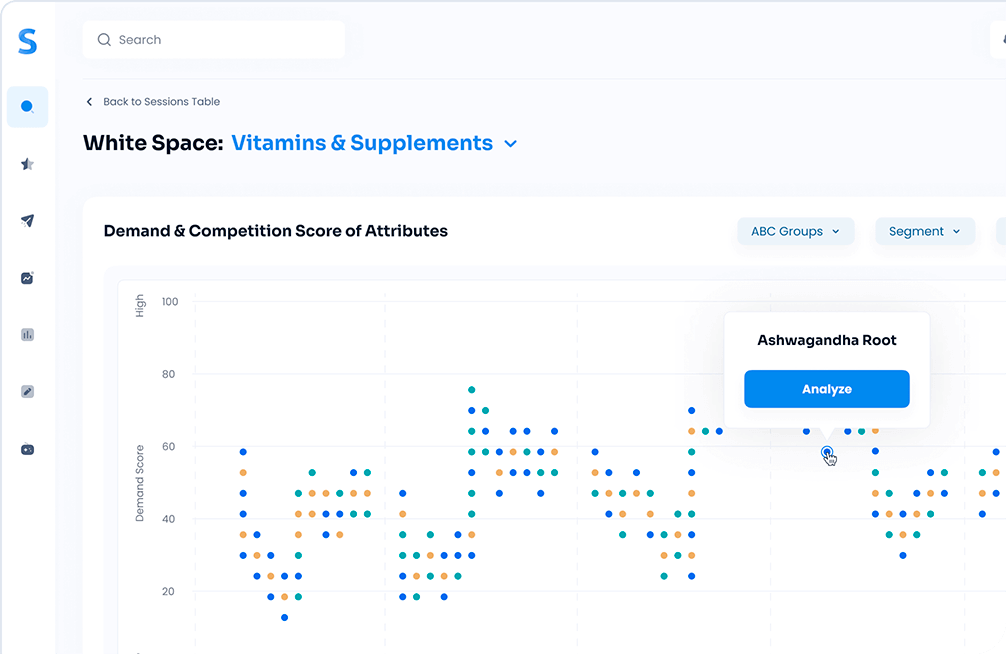There are many ingredients that can be used in new fermented beverages. However, the challenge – like for most brands – lies beneath the question, “which ingredients should I pick?” More often than not, new beverage innovations result in failure within two years. This is especially true in emerging yet niche categories like fermented drinks. So we analyzed search traffic, customer reviews, and social media conversations about fermented beverages to tell you the highest opportunity ingredients and the lowest opportunity ingredients.
To learn about which ingredients you should invest in, you can read our previous blog posts here. If you are wondering which ingredients should not invest in, continue reading to learn our 2022 predictions of the three fastest declining fermented beverage options in 2022.
Rooibos Leaves
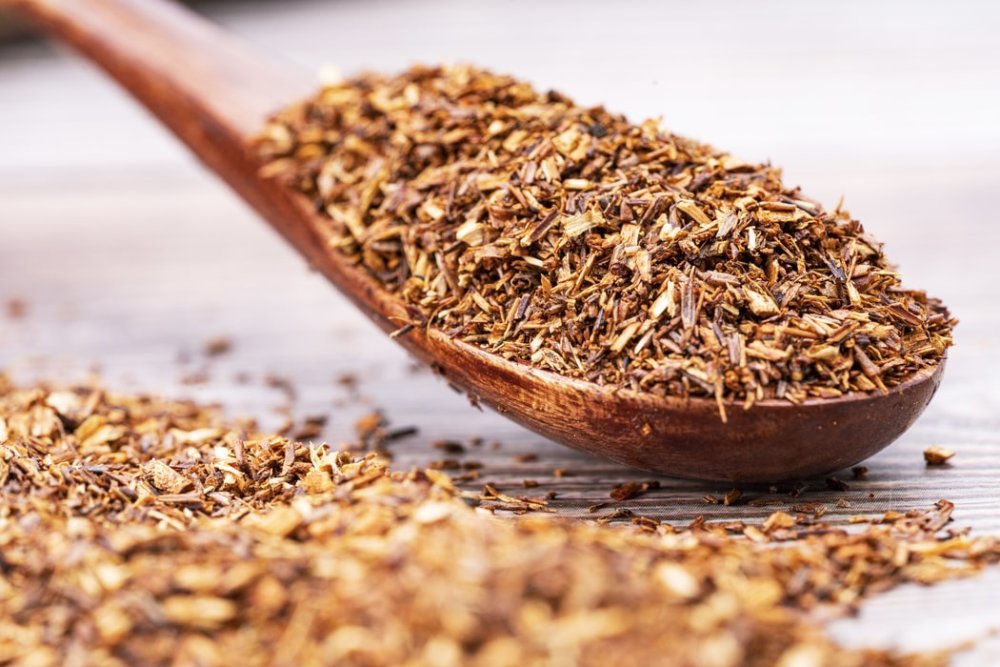
Rooibos tea was in recent memory the number one ingredient added to beauty creams, oils, ointments, beverages, grand bathing routines, and snacks. In particular, rooibos tea was added as a luxury ingredient that elevated the perceived value of the item and was a powerful sales driver.
Recent data shows however that this ingredient is on a slight decline of negative 6 percent year-on-year. This may be a short-term decline, however, due to the sheer modesty of the trend slope.
Lavender Extract

Lavender is one of the most famous herbs for inducing a night of peaceful sleep. It also has many other qualities, such as curing skin acne and asthma symptoms while providing pain relief to those who are in need. However, with recent consumer trends, this herb seems less popular than it used to be.
Simporter’s AI software has reported that lavender is declining at a steep rate of negative 49 percent year-on-year.
Brands that have lavender in their fermented beverages, such as Whale Bird, should investigate new flavor profiles like ginger or spearmint.
Rose Petals

Most notable for being scattered over honeymoon bedding, this is the fastest declining ingredient in fermented beverages according to our AI analyses.
With a negative growth of minus 70 percent, our data shows clearly that the rose petals should be saved for the romantics, not the fermenters.
What’s Next?
When entering a rapidly moving market such as we are seeing in fermented beverages, it is just as important to understand what is not trending as it is to understand what is trending. Having real-time information can make all the difference when it comes to seizing and leveraging opportunities.
For more information about the trending benefits in fermented beverages or opportunities inside of the fermented beverages sector, you can request a demo on our homepage. If you want to view our May 2021 webinar’s discussion on fermented beverages, you can view the video here.
